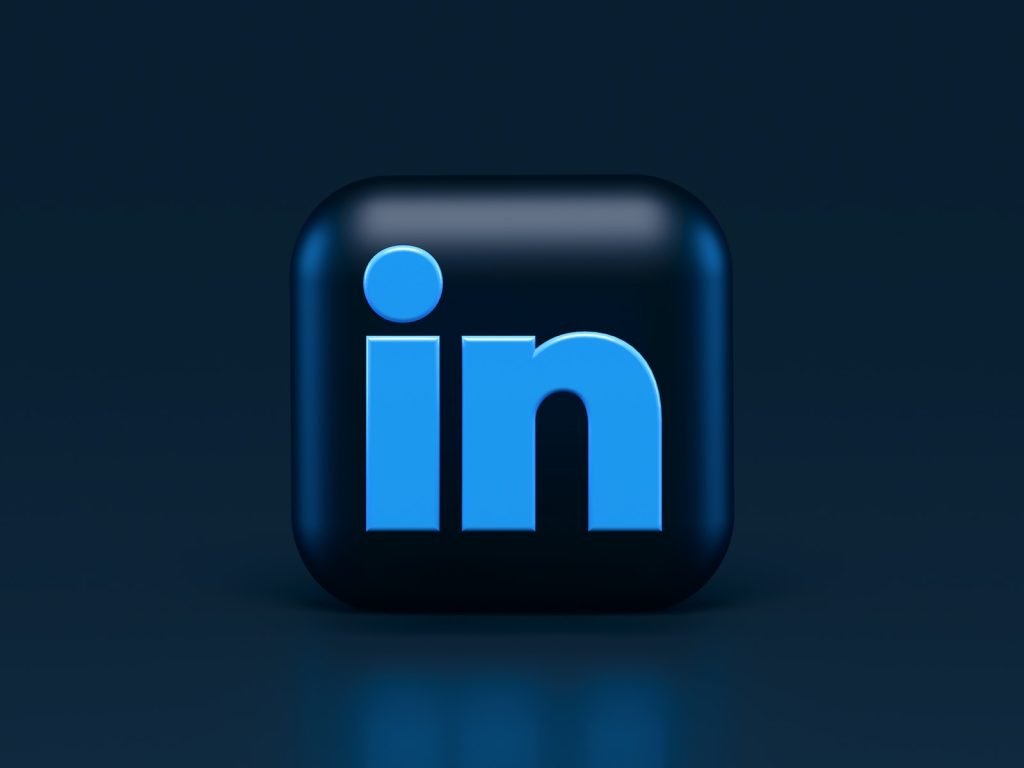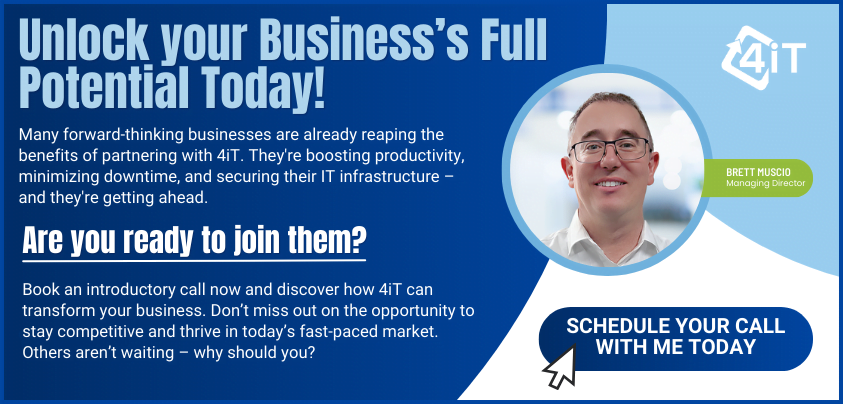
LinkedIn — one of the world’s most influential platforms for business professionals — has progressed over the past few years. However, with its rapid growth, LinkedIn has experienced a budding problem with fraudulent profiles.
In the majority of the cases, these fake profiles have attempted to collect information from other legitimate profiles, along with a good-looking photo, to make the request look valid. But connecting with a fraudulent account can provide scammers access to vital information about you, including the details about your company, addresses, and professional contacts.
Scammers can use this powerful information to craft detailed and convincing phishing and other scams. Because of these risks, it’s best to know how to spot fraudulent LinkedIn accounts, and to ensure you do not connect with them. However, before we proceed onto the steps to avoid falling prey to phishing attacks, let’s understand what phishing is.
Phishing Attacks
Phishing is a fraudulent attempt to collect confidential information online, including professional contacts, usernames and passwords, company information, and bank and credit card details. Most phishing attacks are conducted with the scammers impersonating themselves as a trustworthy individual in digital communication.
LinkedIn now has over 760 million users, with more than 260 million monthly active users. It is one of the largest professional and trustworthy platforms used by businesses and people for career progression. But it also consists of people who carry out criminal activities.
LinkedIn Phishing Attack Methods
Put simply, LinkedIn is one of the most popular sites for criminals to obtain user information and other sensitive information with phishing attacks.
Lately, there has been a rise in LinkedIn phishing attacks. Given below are some of the most common methods for conducting LinkedIn phishing attacks that you need to look out for. Scammers might use some or all of these tricks.
Connections with Fake LinkedIn Accounts
On LinkedIn, users are motivated to develop connections and engage with them on a professional level. However, not everyone has good intentions. Social media platforms are filled with fake profiles, and this form of scam is popular on LinkedIn because of the professional nature of the platform.
What’s wrong with fake LinkedIn members? Phishing attacks. These scammers are known to develop a rapport with their targets via posts/emails/comments/messages. As LinkedIn is a professional platform, it’s easier to trust all the profiles in the platform.
Pretending to be an Authentic Profile on LinkedIn and Obtaining Information
If you are active on LinkedIn, you might be familiar with getting tons of emails. Scammers and attackers have used this to their advantage by forwarding messages pretending to be LinkedIn. This type of scam will usually be in the form of a fake email sent from a profile impersonating a business professional. This email may comprise a hyperlink that is requesting more personal data. Once visited, you could be directed to a website that looks exactly like LinkedIn. This page will ask you for your personal credentials, and after entering it, your credentials will be forwarded to the scammer.
LinkedIn In Mail Scam
This scam is sent in the form of a direct message via the inbuilt messaging system and typically contains a link to a malicious website, which the hacker could use to collect personal information or to try and get you to download virus-infected software onto your laptop.
Final Thoughts
Given below are some of the few tips to help you protect against phishing attacks:
- Avoid responding to emails asking you to install any suspicious software.
- Avoid emails or direct messages containing poor grammar or writing.
- Check the email address of any emails appearing to be forwarded from LinkedIn. Avoid the ones that are being from a profile other than LinkedIn.
- Even if you click a link on a message or email, check the certificate of a website.
- Check the validity of the email by logging into your LinkedIn profile; the notification should be present in there, too.

